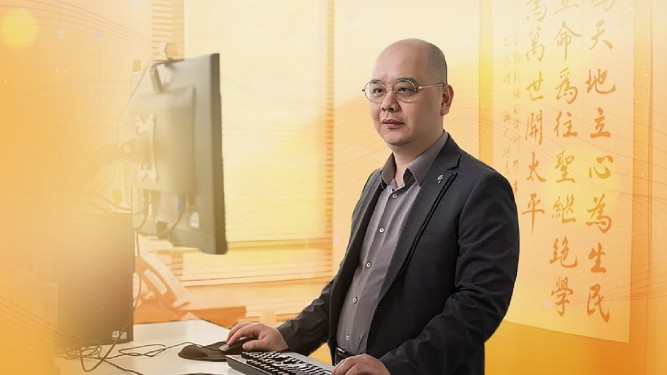Times Higher Education's Interviews with Distinguished Scholars
Lingnan University researchers find new applications for GeoAI using geographical data
Researchers at Lingnan University are developing a Mosquito Risk Index to map and predict the spread of dengue-carrying mosquitoes in Hong Kong
Integrating location data into modern tools such as artificial intelligence (AI) can offer unique solutions to complex problems in society, says Paulina Wong, a geographic information system (GIS) expert and associate professor in the Science Unit at Lingnan University in Hong Kong. Combining spatial data with other information, GIS can visualize and analyse problems in engineering, planning, logistics and the basic sciences.
Wong uses data to generate real-time evidence to support decision-making in government and industry. “We want to create social impact. That’s why I work quite a lot with the community and government,” says Wong, who is also the council member of the Hong Kong Smart City Consortium.
“GIS is a good tool set to solve complex urban problems,” says Wong. To create meaningful impact, she collaborates with researchers in other fields, ranging from biology to traffic management. “I can read the data, I can map everything, but I don’t have the domain knowledge,” she explains. Her work ranges from tracking and predicting disease outbreak hotspots to traffic jams and mosquito distributions.
The use of GIS is becoming increasingly widespread. In 2018, the Hong Kong government’s open data policy made government data available to anybody who wanted to access it. “Previously, we had to buy the data, but now we can get it for free,” Wong explains. This has opened up the scope of GIS applications in Hong Kong.
One of Wong’s major projects is the Mosquito Risk Index. Hong Kong is in a dengue fever area, putting the population at risk of contracting the viral infection. The virus is transmitted via mosquitoes and there is currently no specific treatment for dengue fever.
Wong combined GIS and AI to develop a geospatial artificial intelligence platform (GeoAI). This platform allows her team to forecast the spatial distribution of mosquitoes in advance, similar to a weather forecast. “We separated Hong Kong into thousands of areas to compute the areas that have a higher number of mosquitoes,” she explains. Property managers and government officials can use this information to take preventative measures, such as increasing localised spraying to prevent the spread of mosquitoes.
Lingnan University has supported the project from its inception and allowed Wong to establish pilot sites on campus. Large funding agencies look for convincing results before they fund projects, says Wong. Ultimately, the project received a total of HK$3.3 million (£331,600) from the Hong Kong government and project partner Triple Faith Engineering and Supply Ltd. (TFE).
“It’s important to be able to engage with industry partners,” Wong says. “As scholars, we can’t make the sensors and other hardware, but if we work with industry partners, they can contribute to the commercialisation part.” Additionally, such partnerships increase the scope and social impact of projects, Wong says.
Going forward, Wong plans to tackle Hong Kong’s traffic congestion. She and her colleagues are currently collecting data with the aim of applying GeoAI to ease traffic problems. She hopes that their findings will improve traffic and road safety in Hong Kong. “I feel I have a responsibility to bring GIS to more disciplines so that they can incorporate GeoAI to help more people,” she says.







